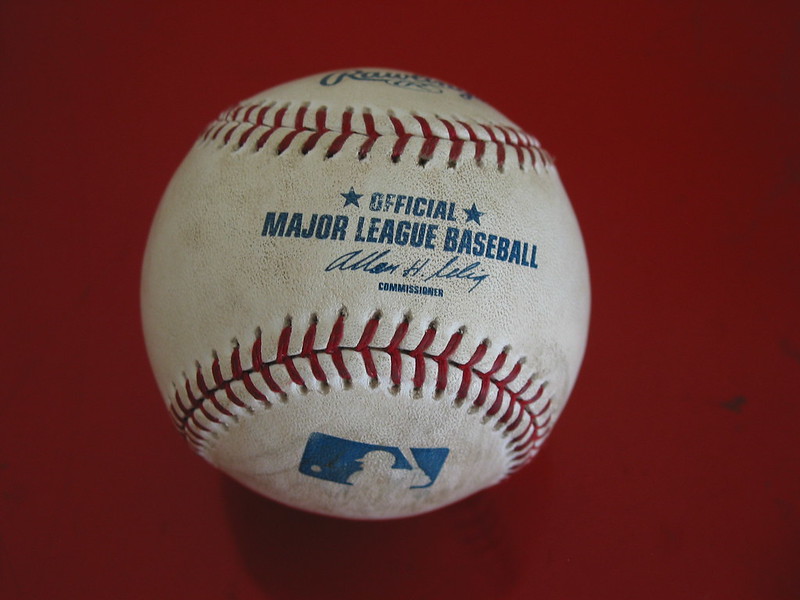Baseball is back.
Sure, it started a little later than originally planned, but hitters are hitting, pitchers are pitching, fielders are fielding, umpires are umpiring, all of them focused on those bright white baseballs.
But if you look closely, they’re not too bright.
Before a ball is put into a game in the big leagues, it’s treated with mud.
You may hear that and wonder, why make a brand new baseball if they’re just going to cover it in mud?
And if they’re all muddy already, why do they switch out baseballs all the time during a game?
It turns out that shiny brand new baseballs are actually a little too shiny.
It can be hard for a pitcher to get a good grip on a glossy ball.
The mud solves that problem.
Baseball even added a line in the official rulebook that balls had to be treated before a game.
But it can’t just be any mud.
If the ball gets too muddy, it can be difficult for batters to see, which is a safety problem.
And if it scuffs up the leather, the ball is no good.
People searched for years for the right stuff.
Then, in the 1930s, Lena Blackburne found it.
Blackburne was a coach for the Philadelphia Athletics.
He tried some mud from an old fishing spot near his hometown, Palmyra, New Jersey.
It went on smooth without making the ball any less visible.
So he and a friend, John Haas, started a company called Magic Mud.
Over the next few decades they sold the stuff to every team in the league.
Haas’ son eventually took over the business, and then it passed to his grandson, Jim Bintliff.
He started helping with mud collection at age 10 and is still at it today.
It’s done pretty much the same way as always.
Bintliff heads to a specific spot and gathers mud with buckets.
He keeps the location secret; if anyone asks, he has a range of “explanations” to throw them off the trail.
He strains the stuff and lets it cure for weeks; then he ships it to the teams.
Equipment managers mix it with a little water before rubbing it on the balls (though a few admit to using their spit instead).
Then the balls are ready for major league games.
This is done hundreds of thousands of times each season.
Baseball makers have tried to come up with ways to change the finish so the balls don’t need the mud, but so far they’ve struck out.
For now, anyway, the mud is still magic.
Some people like to fall asleep to the sounds of a baseball game on the radio.
But if your favorite team has an off day or gets rained out, or whatever, what do you do?
Well, you check out the podcast Northwoods Baseball Sleep Radio.
It’s two hours’ worth of imaginary baseball, without those extra loud commercials that sometimes jar you awake.
Mud Maker: The Man Behind MLB’s Essential Secret Sauce (Sports Illustrated)
Harvesting baseball’s ‘magic mud’ (CNN)
Northwoods Baseball Sleep Radio is a full-length fake baseball game designed to help you fall asleep (Super Punch)
Support us on Patreon for just $1 a month (but feel free to buy us some peanuts and crackerjack)

